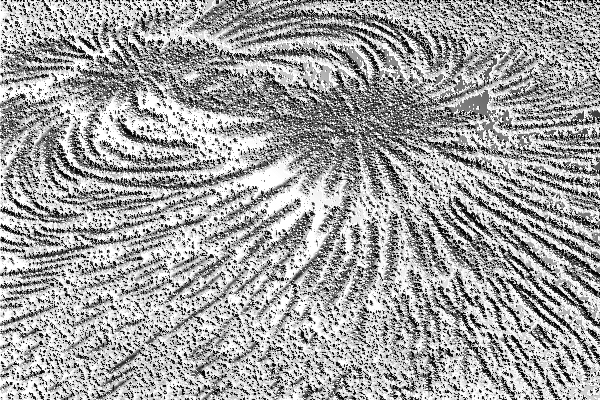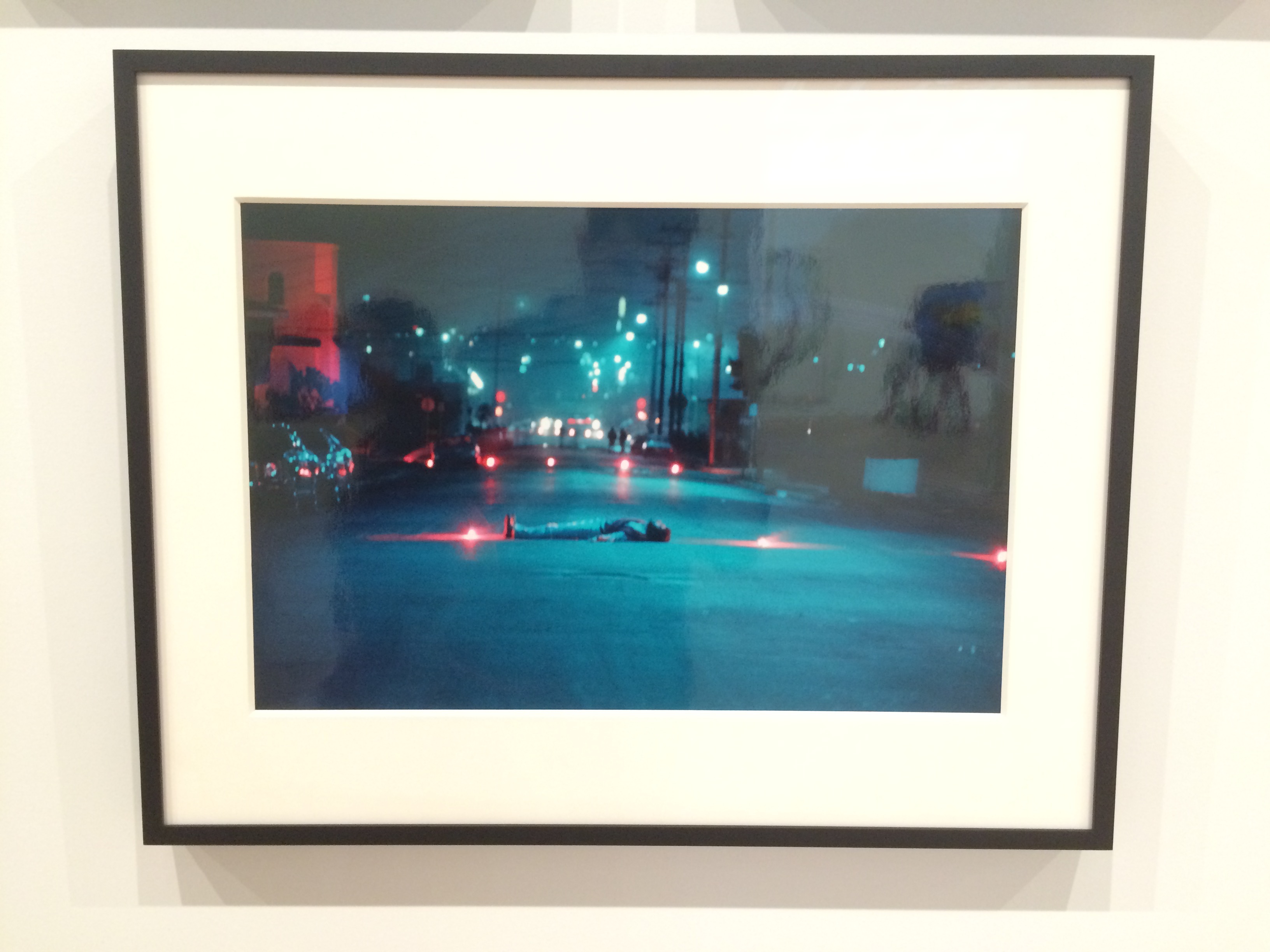Deleuzian Warfare
 Deleuzian Warfare
Michael Simpson
October 2nd, 2015
Deleuzian Warfare
Michael Simpson
October 2nd, 2015
In Gilles Deleuze’s paper A Postscript on the Societies of Control, a dystopian view of contemporary society is presented. Deleuze explicates the way that socio-physiological systems are control mechanisms competing to impose their own interests upon the individual. He sees the corporation as a most dangerous example and pervade and invisibly redefine individual notions of human condition, to sinister effect.
A rendering of this Deleuzian world might resemble a two-dimensional grid of variably magnetized vector forces. The vector field, with each vector representing an individual human actor or non-human force. These directional arrows, like compass headings, denote individual trajectories derived by the combination of the individual’s desires and the desires of those around them. Attraction and repulsion within the field result in emergent control systems that result in what appears as equilibriums. However, from within the field, the collective power of external forces results in a control system that afford the individual very little room to diverge from the derived path. Deleuze ends the paper with a powerful message that new weapons are necessary if we are to have any hope of retaining control of our individual selves.
When Deleuze refers to weapons, he is referring to new systems of reasoning; systems that are capable of enabling their user to navigate outside the grasp of magnetic influence. From these new vantage points, the societies of control become powerless, incapable of influencing trajectory and unable to prevent the actor from becoming or creating a powerful magnetic force of their own. These are not only defensive weapons for protecting oneself from becoming a dividual but weapons equally apt for dismantling the unjust, yet well-established, systems of control.
But, then what is art in this context? Art is a line of flight, a way for radical thinkers to deterritorialize themselves from worldly constraint and to explore a virtual world of infinite possibility. It is the practice of pursuing ones interest and desire in a realm outside the jurisdiction of the societies of control. The Whitney Museum’s exhibition: America is Hard to See exemplifies this notion as it traces nearly 100 years of Artwork presenting tangible lines of flight. These works, like a dog whistle, are a silent to call to arms. They are strands of thread that beg the viewer to come a little closer, think a little bit different, and maybe, just maybe, climb aboard a magic carpet of their own.
A prime example of this sort of Deleuzian Weapon might be the photograph by Chicano artist collective, Asco, titled “Decoy Gang War Victim”. The photograph depicts a man lying in the street, supposedly dead, supposedly a result of the rampant gang violence that had become so prevalent in Oakland, California during the early 1970s. The photograph was actually staged but the image was so convincing and disturbing that news organizations reported the photograph as factual news. The viral response this evoked led to public outcry and response to something that had remained under the radar despite its seriousness. The artwork itself became a magnet in the grid of forces, disrupting control systems and generally shifting an entire microcosm’s trajectory. Through their artwork, Asco evaded mechanisms of control and revealed something beneath the fold. These are the weapons Deleuze is encouraging us to find.
 Decoy Gang War Victim
Asco
Decoy Gang War Victim
Asco